Lunar Calendar for 2025: A Comprehensive Guide
Related Articles: Lunar Calendar for 2025: A Comprehensive Guide
- 2025 Yearly Calendar Printable: A Comprehensive Guide For A Well-Organized Year
- Maldives Calendar 2025: A Comprehensive Guide
- Victoria School Holidays 2025 Calendar: A Comprehensive Guide
- The Brunei Islamic Calendar 2025
- Lunar Calendar 2025
Introduction
In this auspicious occasion, we are delighted to delve into the intriguing topic related to Lunar Calendar for 2025: A Comprehensive Guide. Let’s weave interesting information and offer fresh perspectives to the readers.
Table of Content
Video about Lunar Calendar for 2025: A Comprehensive Guide
Lunar Calendar for 2025: A Comprehensive Guide
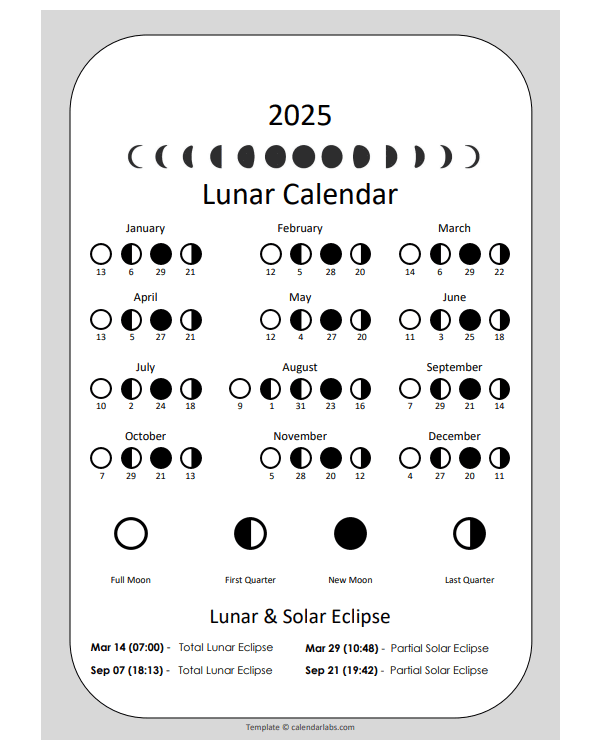
Introduction
The lunar calendar, also known as the lunisolar calendar, is a system of timekeeping based on the cycles of the Moon. It has been used for centuries in various cultures around the world, and it remains popular today for religious, cultural, and agricultural purposes.
The lunar calendar for 2025 is based on the 19-year Metonic cycle, which means that the phases of the Moon repeat on the same dates every 19 years. This cycle was first discovered by the Greek astronomer Meton in the 5th century BC.
Structure of the Lunar Calendar
The lunar calendar is divided into 12 lunar months, each of which begins on the day of the new Moon. The length of a lunar month is approximately 29.5 days, which means that the lunar calendar is about 11 days shorter than the solar calendar.
To compensate for this difference, the lunar calendar includes an intercalary month, or leap month, every few years. The intercalary month is added after the 12th lunar month, and it has the same length as a regular lunar month.
Phases of the Moon
The lunar calendar is based on the phases of the Moon. The four main phases of the Moon are:
- New Moon: The Moon is not visible from Earth.
- Waxing Crescent: The Moon is gradually becoming visible as it waxes.
- First Quarter: The Moon is half-illuminated.
- Waxing Gibbous: The Moon is more than half-illuminated as it continues to wax.
- Full Moon: The Moon is fully illuminated.
- Waning Gibbous: The Moon is more than half-illuminated as it begins to wane.
- Third Quarter: The Moon is half-illuminated.
- Waning Crescent: The Moon is gradually becoming less visible as it wanes.
Important Dates in the Lunar Calendar for 2025
Some of the important dates in the lunar calendar for 2025 include:
- Chinese New Year: February 11th
- Lunar New Year: February 12th
- Holi: March 8th
- Ramadan: March 23rd – April 21st
- Eid al-Fitr: April 22nd
- Eid al-Adha: June 28th
- Mid-Autumn Festival: September 29th
Using the Lunar Calendar
The lunar calendar can be used for a variety of purposes, including:
- Religious observances: Many religions use the lunar calendar to determine the dates of religious holidays and festivals.
- Cultural events: The lunar calendar is used to schedule cultural events such as weddings, funerals, and festivals.
- Agriculture: The lunar calendar can be used to determine the best times to plant and harvest crops.
Advantages and Disadvantages of the Lunar Calendar
The lunar calendar has several advantages over the solar calendar. First, it is more closely aligned with the natural cycles of the Moon. Second, it is easier to calculate than the solar calendar.
However, the lunar calendar also has some disadvantages. First, it is not as accurate as the solar calendar. Second, it can be difficult to remember the dates of important events, as they change from year to year.
Conclusion
The lunar calendar is a complex and fascinating system of timekeeping. It has been used for centuries for a variety of purposes, and it remains popular today. While it has some disadvantages, the lunar calendar is a valuable tool for understanding the natural cycles of the Moon and for planning religious, cultural, and agricultural events.
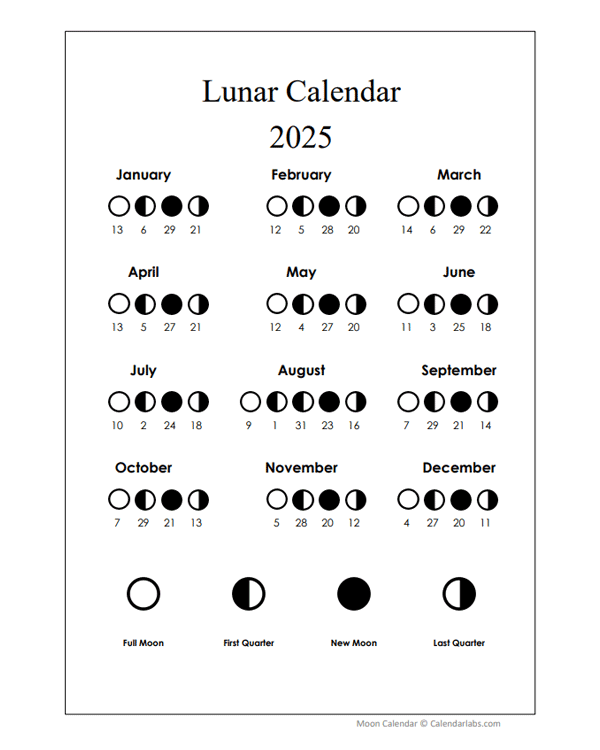
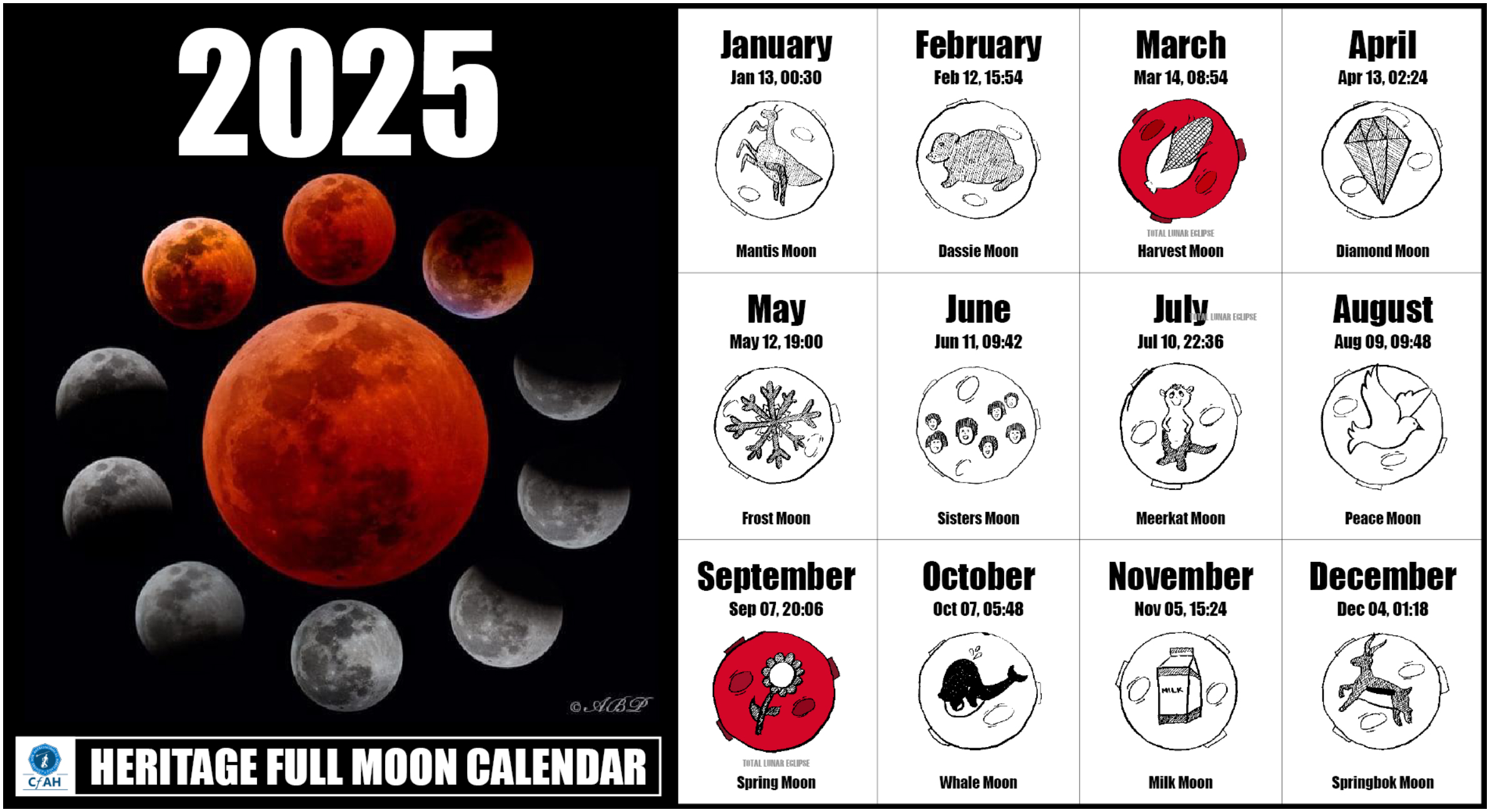
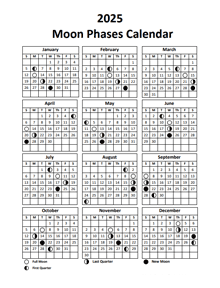
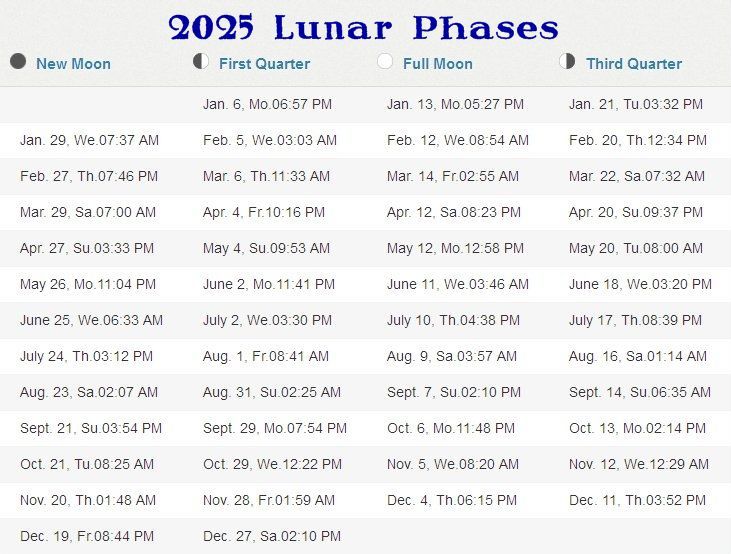

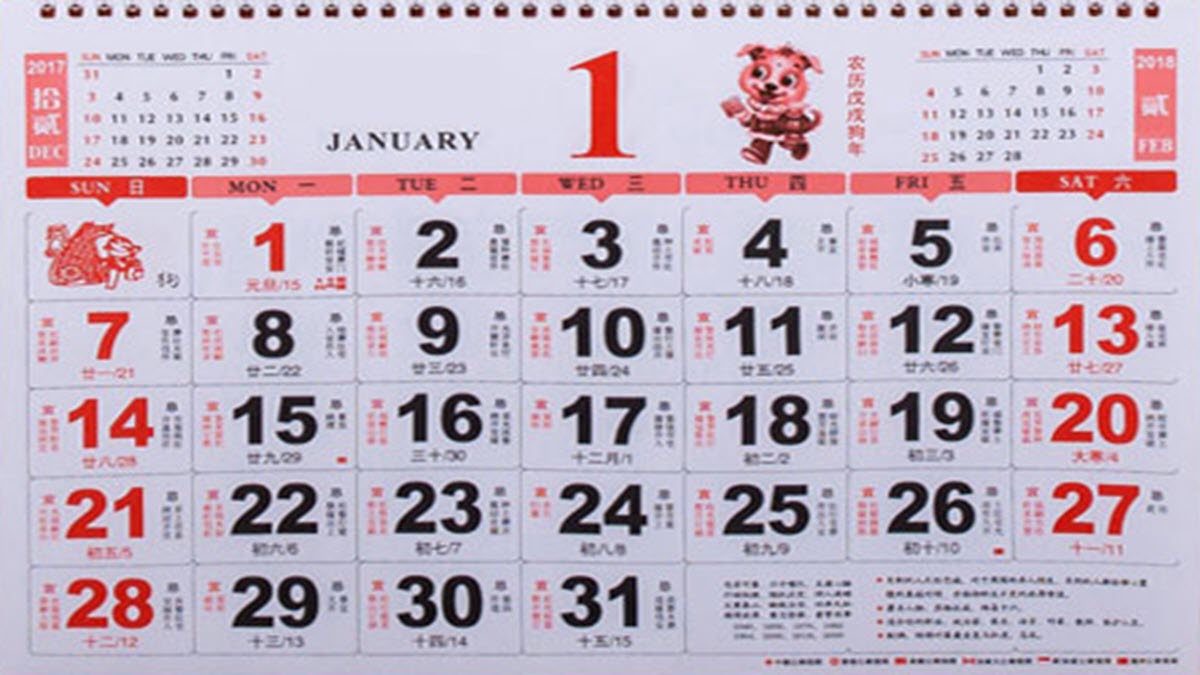
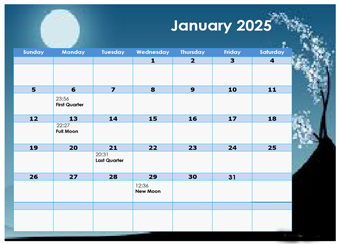
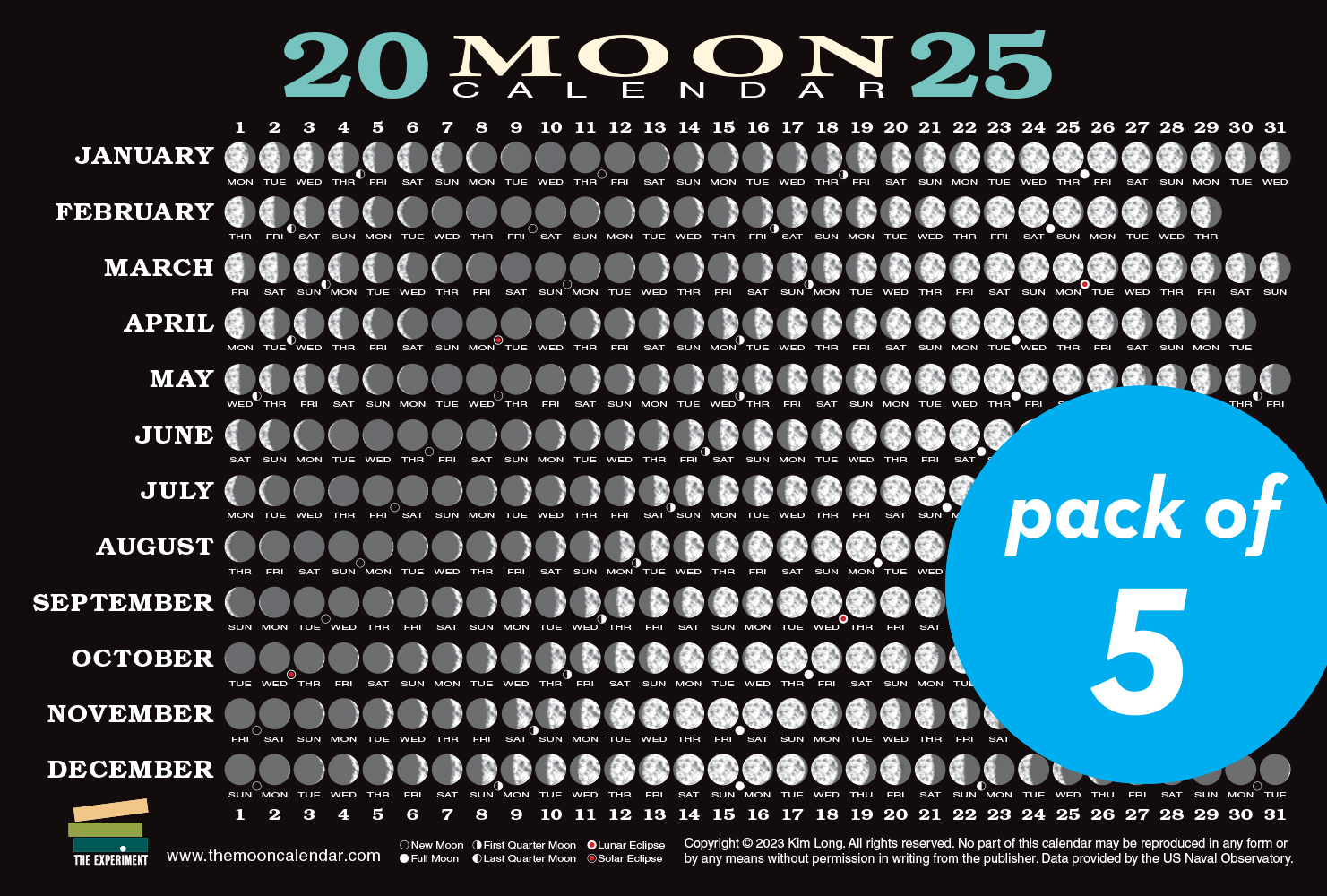
Closure
Thus, we hope this article has provided valuable insights into Lunar Calendar for 2025: A Comprehensive Guide. We thank you for taking the time to read this article. See you in our next article!